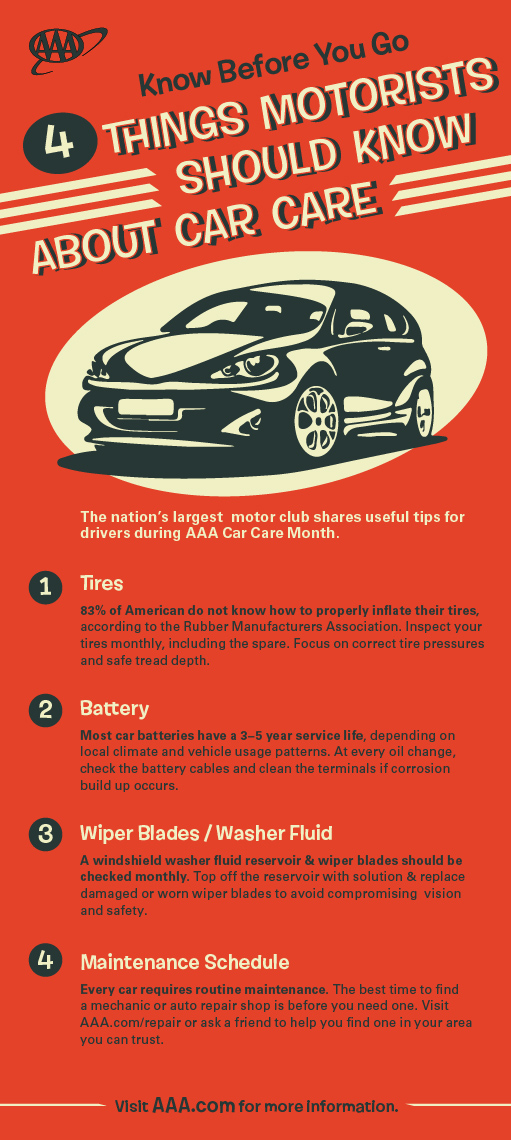Translating Your Vehicle'S Caution Indicators: What They Truly Represent
Translating Your Vehicle'S Caution Indicators: What They Truly Represent
Blog Article
Personnel Writer-Boye Forbes
When you lag the wheel, those radiant caution lights on your control panel can be a little bit perplexing. Do you recognize what they're trying to tell you concerning your automobile's wellness? Understanding the relevance of these lights is important for your security and the durability of your car. So, car groomer auckland of those lights pops up, would not you want to understand its message properly and take the required steps to resolve it?
Common Warning Lighting and Interpretations
Recognize typical warning lights in your automobile and understand their meanings to make sure secure driving.
The most typical warning lights include the check engine light, which signals concerns with the engine or discharges system. If this light begins, it's important to have your automobile inspected quickly.
The oil pressure cautioning light suggests low oil stress, calling for instant interest to avoid engine damage.
https://www.wfaa.com/article/money/consumer/vehicle-recalls-part-delays-inflation-perfect-storm-automotive-world/287-2d3d96fd-2bf4-4f74-a0b8-16be0453396d blinking battery light might recommend a faulty charging system, potentially leaving you stranded otherwise attended to.
The tire stress surveillance system (TPMS) light notifies you to low tire pressure, affecting car stability and gas efficiency. Disregarding this can bring about risky driving conditions.
The abdominal light shows an issue with the anti-lock braking system, jeopardizing your ability to quit swiftly in emergencies.
Last but not least, the coolant temperature level advising light warns of engine getting too hot, which can lead to extreme damage otherwise dealt with quickly.
Comprehending these typical warning lights will aid you deal with problems without delay and maintain secure driving problems.
Significance of Prompt Attention
Understanding the usual caution lights in your cars and truck is only the initial step; the importance of promptly resolving these warnings can't be highlighted sufficient to ensure your security on the road.
When https://raymondkbrkz.bloggosite.com/38840001/just-how-can-mobile-automobile-describing-transform-your-automobile-care-experience-while-guaranteeing-high-quality-discover-the-essential-elements-to-consider-prior-to-selecting-a-detailer illuminates on your dashboard, it's your car's means of communicating a potential issue that needs focus. Overlooking these warnings can result in a lot more severe problems in the future, endangering your safety and security and potentially costing you extra in repairs.
https://frontbrakesandrotors28395.blogsidea.com/38437054/analyze-your-vehicle-s-demands-to-discover-the-perfect-automobile-describing-solution-for-you-yet-which-factors-will-genuinely-affect-your-decision to cautioning lights can protect against malfunctions and mishaps. For instance, a blinking check engine light might show a misfire that, if left ignored, can trigger damages to the catalytic converter. Resolving this promptly can save you from a costly repair.
In a similar way, a brake system advising light could signal reduced brake liquid or used brake pads, essential components for your safety when driving.
DIY Troubleshooting Tips
If you discover a caution light on your control panel, there are a couple of do it yourself repairing suggestions you can attempt before seeking professional help.
The very first step is to consult your car's guidebook to comprehend what the certain warning light shows. Occasionally the concern can be as easy as a loose gas cap triggering the check engine light. Tightening up the gas cap might solve the issue.
One more usual problem is a reduced battery, which can set off numerous advising lights. Inspecting the battery connections for deterioration and guaranteeing they're secure may fix the trouble.
If a caution light continues, you can attempt resetting it by disconnecting the automobile's battery for a few minutes and after that reconnecting it. In addition, examining your vehicle's liquid degrees, such as oil, coolant, and brake fluid, can assist troubleshoot cautioning lights associated with these systems.
Verdict
In conclusion, recognizing your vehicle's warning lights is essential for maintaining your car running efficiently and securely. By promptly attending to these alerts and understanding what they indicate, you can stay clear of expensive repair work and prospective malfunctions.
Remember to consult your automobile's handbook for specific details on each advising light and act appropriately to guarantee a hassle-free driving experience.
Keep educated, stay risk-free on the road!
